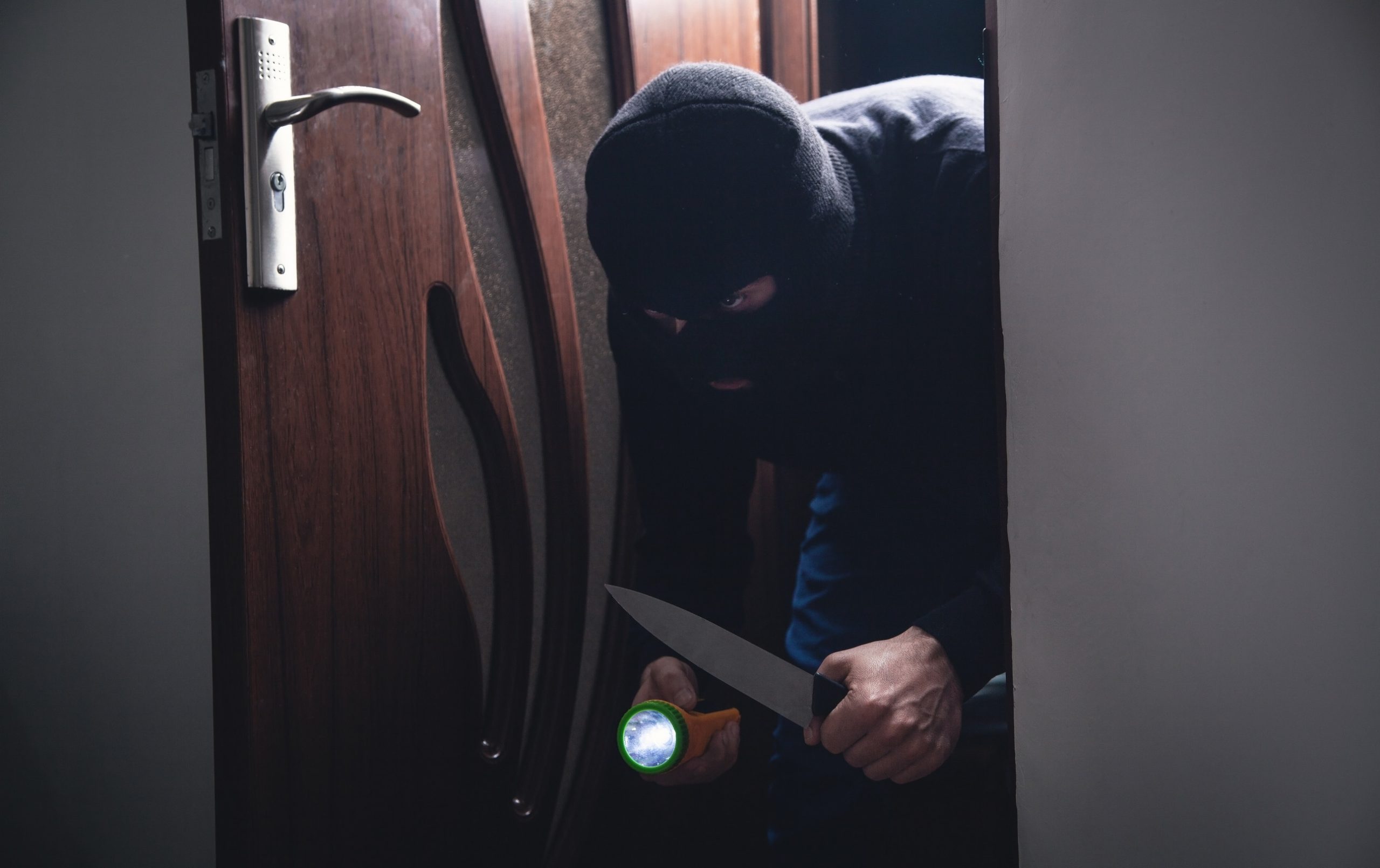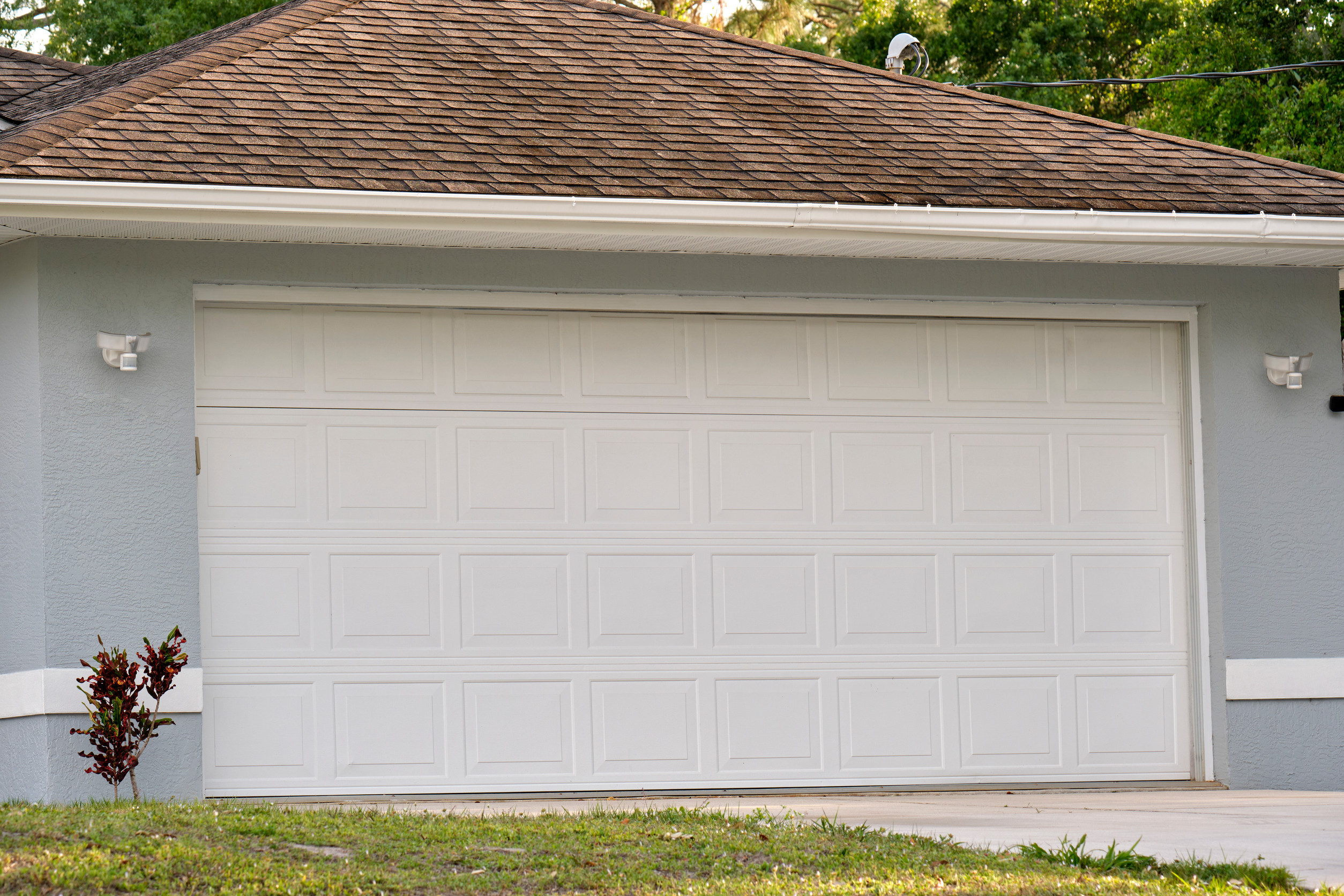A beautiful home should feel like a safe haven, not a target. But for all the curb appeal, modern fixtures, and design trends homeowners chase, some of these aesthetic decisions can unknowingly invite the wrong kind of attention.
Burglars aren’t just opportunists; many are observant, patient, and strategic. They notice architectural flaws, predictable routines, and visual cues that scream “easy access.” In the pursuit of elegance and comfort, it’s surprisingly easy to forget how vulnerable certain design elements can make a house.
1. Floor-to-Ceiling Front Windows
Large, panoramic front windows may make a home look luxurious, but they also give burglars a direct view into daily life. When expensive electronics, designer furniture, or even a purse on the kitchen island are in plain sight, it removes the guesswork for would-be thieves. The more a criminal can learn about a home’s layout or valuables without stepping foot inside, the more confident they feel in targeting it.
These windows also offer the perfect way to study family habits—who leaves, who stays, and at what time. Even tinted glass won’t stop someone determined enough to observe from the shadows.
2. Minimal Front Yard Landscaping
A clean, open yard may look neat and modern, but it removes all natural barriers between the house and the street. Without bushes, fences, or trees to deter unwanted foot traffic, burglars can approach the home without having to navigate any obstacles. Lack of landscaping also means there are fewer deterrents or hiding spots for cameras and motion detectors.
A wide-open front yard makes it easy for intruders to case the place, ring the doorbell, or even peer through windows without suspicion. The lack of privacy communicates one thing clearly: there’s nothing stopping anyone from walking right up.
3. No Exterior Lighting
A dark home exterior at night is a green light to any criminal looking for low-risk entry. Without strategic lighting around the porch, garage, and pathways, there are countless hiding spots that become invisible after sunset.
Burglars typically avoid well-lit homes, preferring to slip into the shadows undetected. Poor lighting tells them no one is home, or worse, that the homeowners haven’t prioritized safety. It’s not just about aesthetics—illumination is one of the simplest yet most effective deterrents available.
4. Glass Doors and Fragile Entry Points
While glass doors make for a modern, airy entryway, they’re also incredibly vulnerable. Thin glass panes are easily broken, offering intruders a quick way to unlock the door from the inside. Even reinforced glass doesn’t always stop a determined burglar if it’s located far from high-traffic areas. Rear sliding doors, often made entirely of glass, are especially common entry points because they’re both secluded and simple to compromise. What may look elegant to homeowners often looks like an open invitation to someone looking to break in quietly.
5. Absence of Security Signage
Even if a home has an active security system, failing to advertise it gives burglars a reason to take a chance. Most criminals won’t risk triggering an alarm if they know one is present. Signs, stickers, and visible cameras don’t just serve as warnings—they serve as psychological deterrents. When there’s no indication of surveillance or monitoring, thieves may assume the home is easy prey. A home with no visible protection appears exposed, and that perception can be just as dangerous as actual vulnerability.
6. Hidden Entrances or Side Doors
Design elements that include tucked-away entrances or side doors add character and charm—but they also create blind spots. Side doors are rarely under surveillance and are often shielded from neighbors’ views, making them prime entry points. These hidden entrances tend to be less secure than front doors, both structurally and visually. Burglars love secluded access points because they reduce the risk of being seen or interrupted. What’s charming during the day can quickly become a weak point at night.
7. No Window Treatments or Coverings
Leaving windows bare might be great for maximizing sunlight, but it also gives outsiders a front-row seat to the home’s interior. Curtains, blinds, or frosted glass aren’t just for decor—they’re for privacy and protection. Without them, anyone walking by can easily identify valuable items and pinpoint weak spots. Open windows at night, especially in bedrooms or living rooms, make a home feel vulnerable and exposed. Thieves target homes where the reward is visible and the risks seem low.
8. Poorly Placed Garage Doors
Garages that face the street and lack secure access controls are a favorite among experienced burglars. Many people forget to lock the inner door that leads from the garage into the house, assuming the garage door itself is protection enough. Unfortunately, these doors are often the easiest to pry open or override, especially when older models or outdated openers are in use. A garage cluttered with tools, bikes, or boxes can also provide cover and concealment once someone is inside. The garage may not be the main entry point in a design blueprint, but it often becomes one in real-world break-ins.
9. Decorative Gates Without Real Security
A decorative gate might make a house look more upscale, but if it’s not locked or high enough, it offers little resistance. Burglars recognize the difference between ornamental and functional barriers almost instantly.
Short gates or those without latches can be cleared in seconds, making them more of an aesthetic choice than a deterrent. Worse, a gate that appears strong but isn’t can give a false sense of security to the homeowner. When design takes precedence over functionality, safety often pays the price.
What Do You Think?
Designing a beautiful home should never come at the cost of safety. Burglars notice far more than most people assume—and their job becomes easier when visual access, poor lighting, and predictable vulnerabilities are all part of the layout. While no home is completely burglar-proof, smart design can make a major difference. It’s not about turning a house into a fortress, but about reducing risk through thoughtful choices.
Have you spotted any of these features in your neighborhood—or your own home?
Read More
Why Some Criminals Are Leaving Flyers on Your Windshield at Night
10 Things You Should NEVER Store in Your Nightstand Drawer


